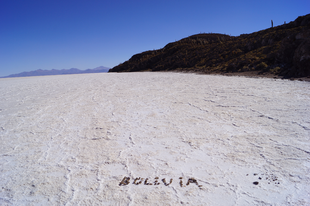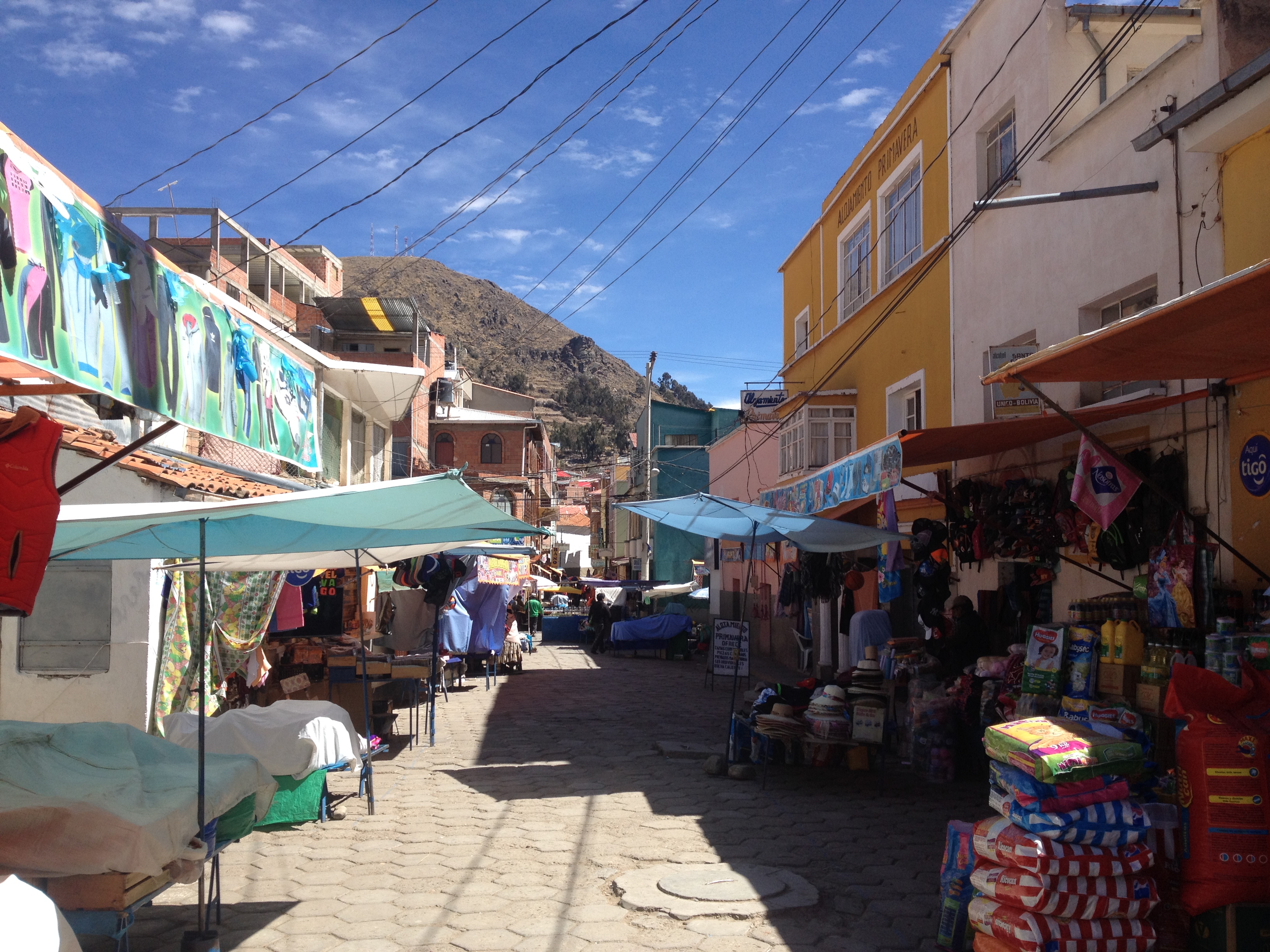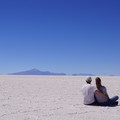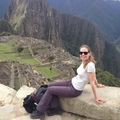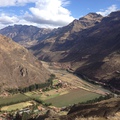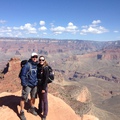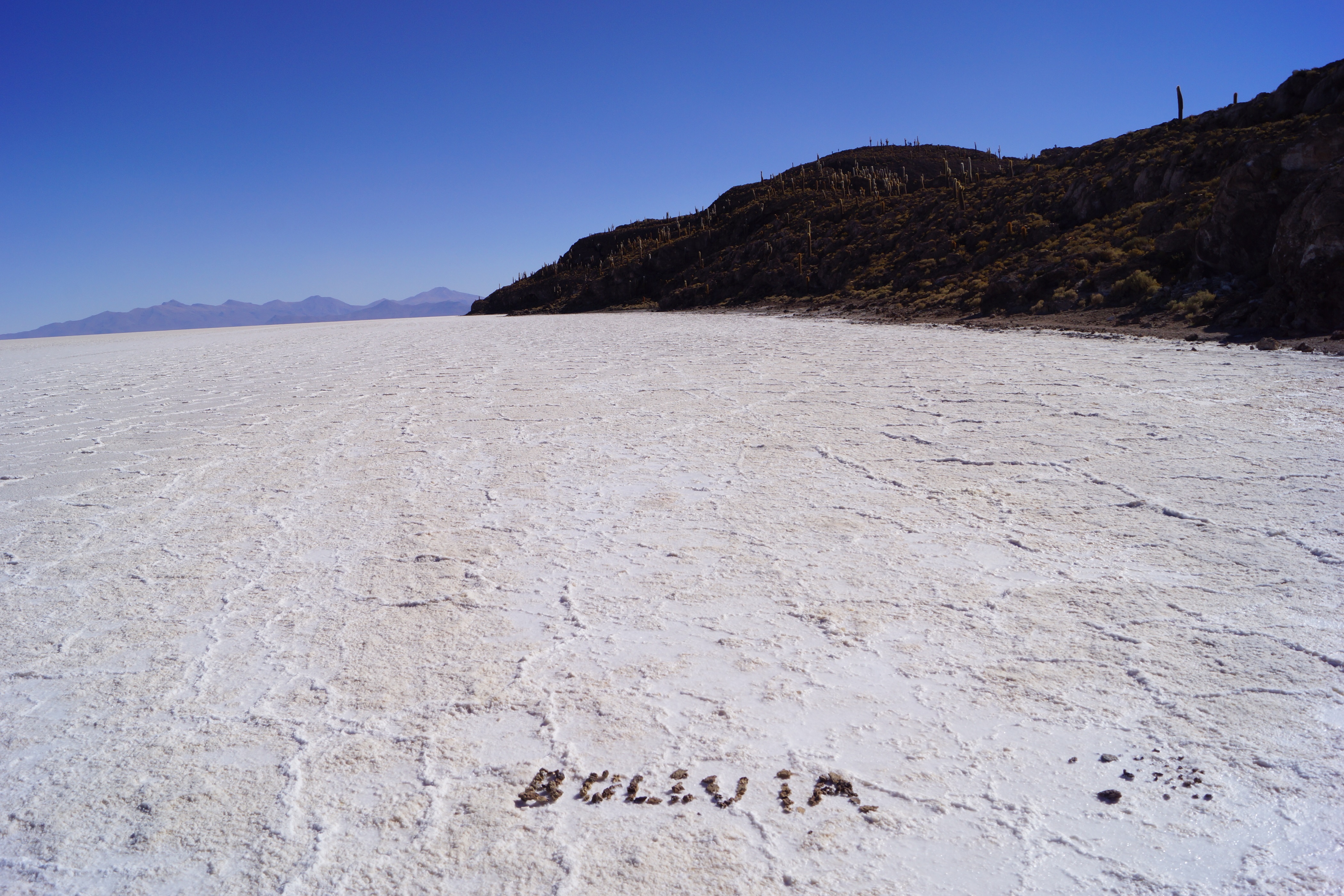 Bolivia is a country of diversity: it embraces an astonishing range of landscapes and climates ranging from the Andes Mountains to the rainforests and savannahs of the Amazon basin. Alongside this, Bolivia is a culturally diverse country with the highest indigenous population on the continent (60%). Sadly, due to poor governance Bolivia is also one of the poorest and least developed countries in South America.
Bolivia is a country of diversity: it embraces an astonishing range of landscapes and climates ranging from the Andes Mountains to the rainforests and savannahs of the Amazon basin. Alongside this, Bolivia is a culturally diverse country with the highest indigenous population on the continent (60%). Sadly, due to poor governance Bolivia is also one of the poorest and least developed countries in South America.
As a tourist destination Bolivia is considered to be the cheapest and most secluded country in the Americas. It might have been true in the past, but as of 2016 Bolivia is neither cheap nor is it off the tourist trail.
We found that accommodation, and food cost about the same or slightly cheaper than in Peru, but the services tourist usually use (domestic flights, tourist buses, tours, national parks and laundry services etc) are very expensive. We actually ended up spending more money on national parks in Bolivia than in the US. And the most crazy part is that you get absolutely nothing for your money in the Bolivian national parks, while in the US there are everything; information, maps, guided ranger tours, free shuttles etc.
Furthermore, Bolivians try to milk tourists as much as possible by levying extra charges on everything; for example we had to pay 12$ in Rurrenabaque airport just to be able to board the plane, then there was a boarding fee of 2$/person on Isla del Sol. plus the exit stamp on the border cost us 4$/person, which of course was immediately pocketed by the guards.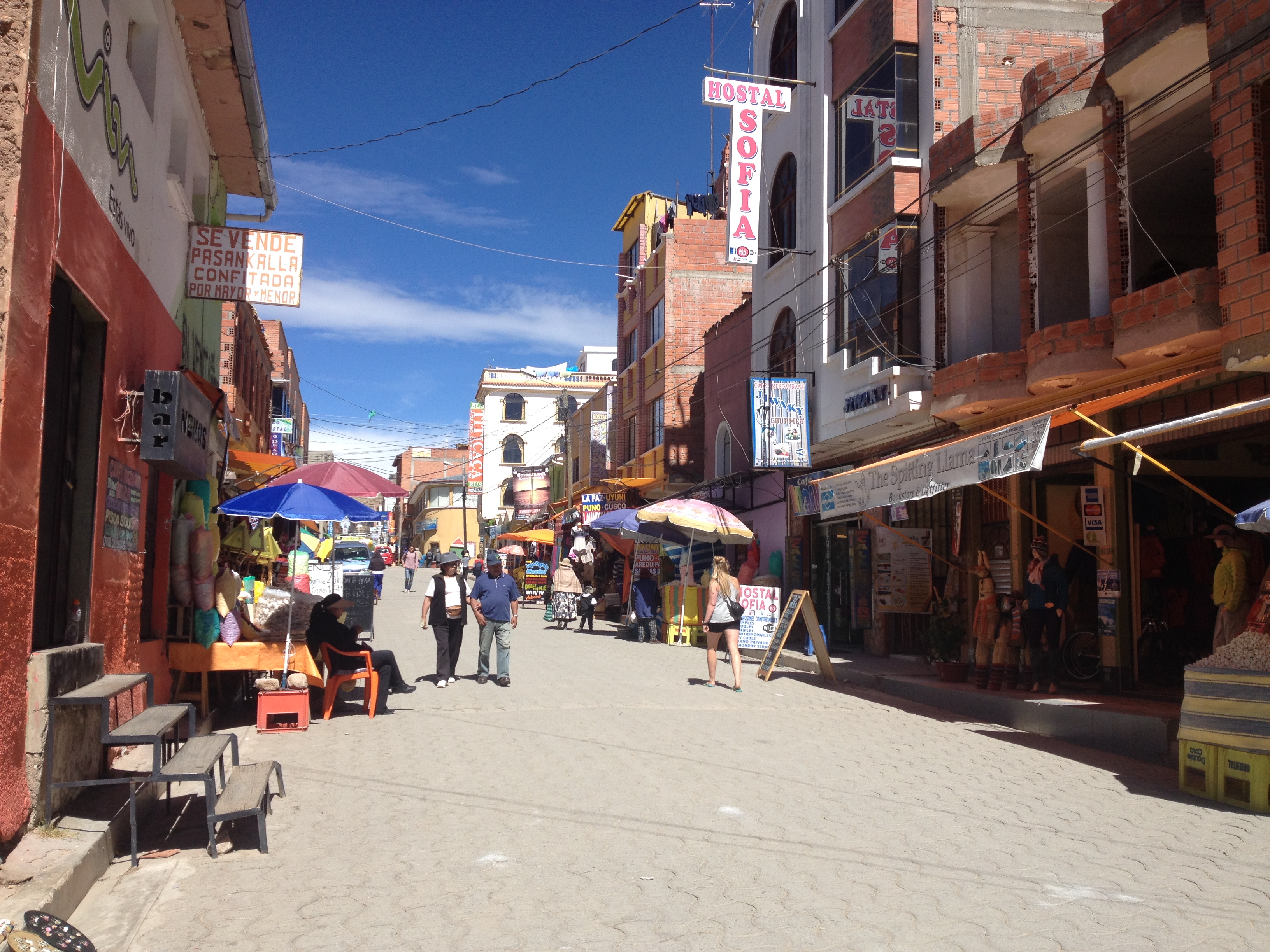
It is also a myth that Bolivia is an underrated tourist destination; apart from the rainforest we met tons of backpackers everywhere. For example, we had to stay an extra day in Copacabana (Lake Titicaca), because all tourist buses to La Paz were sold out. And there were like 5-6 companies driving that route each day. However, if one goes off the gringo trail, I am sure he will find more secluded places, but are those places safe? Who knows...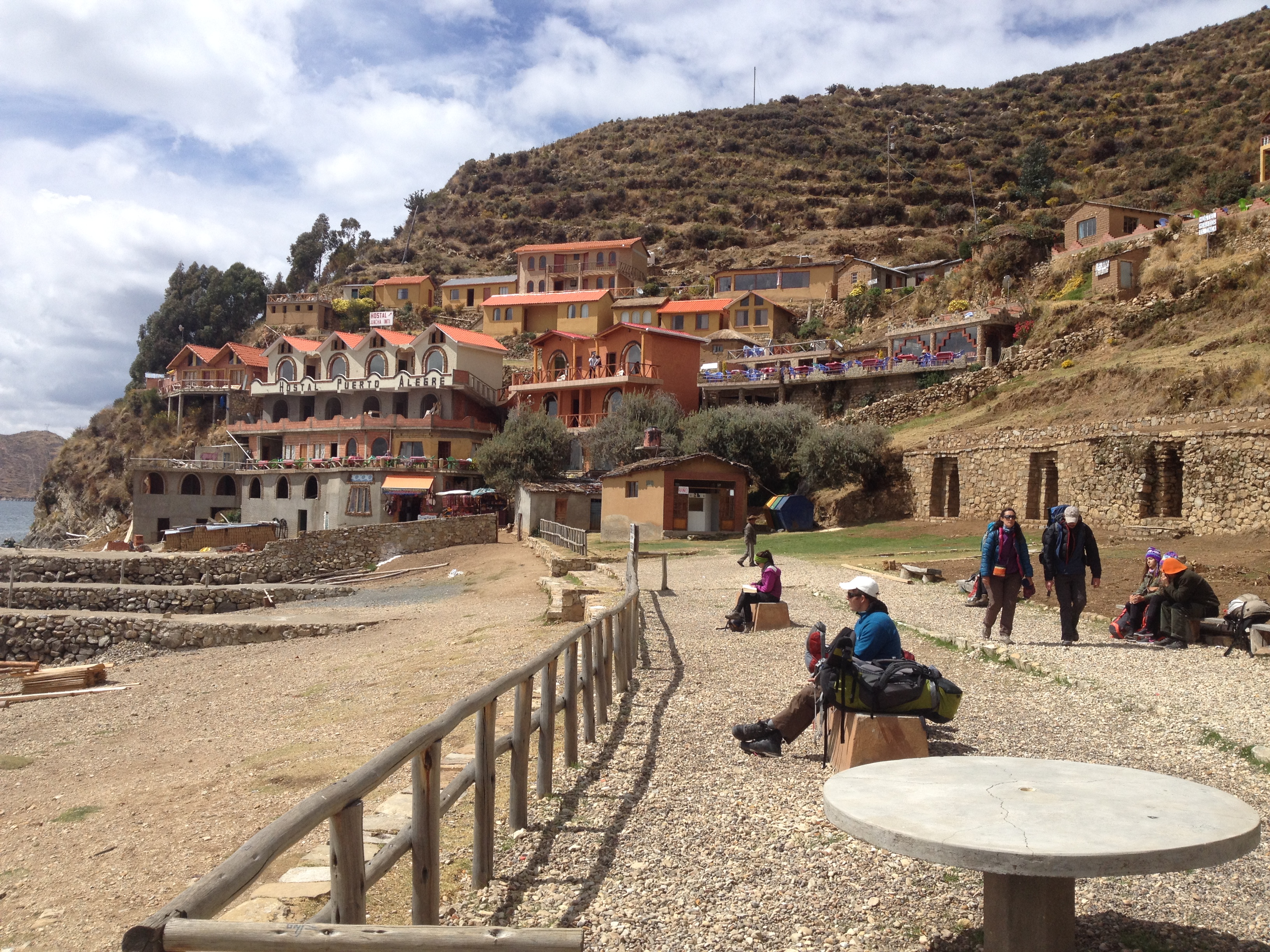
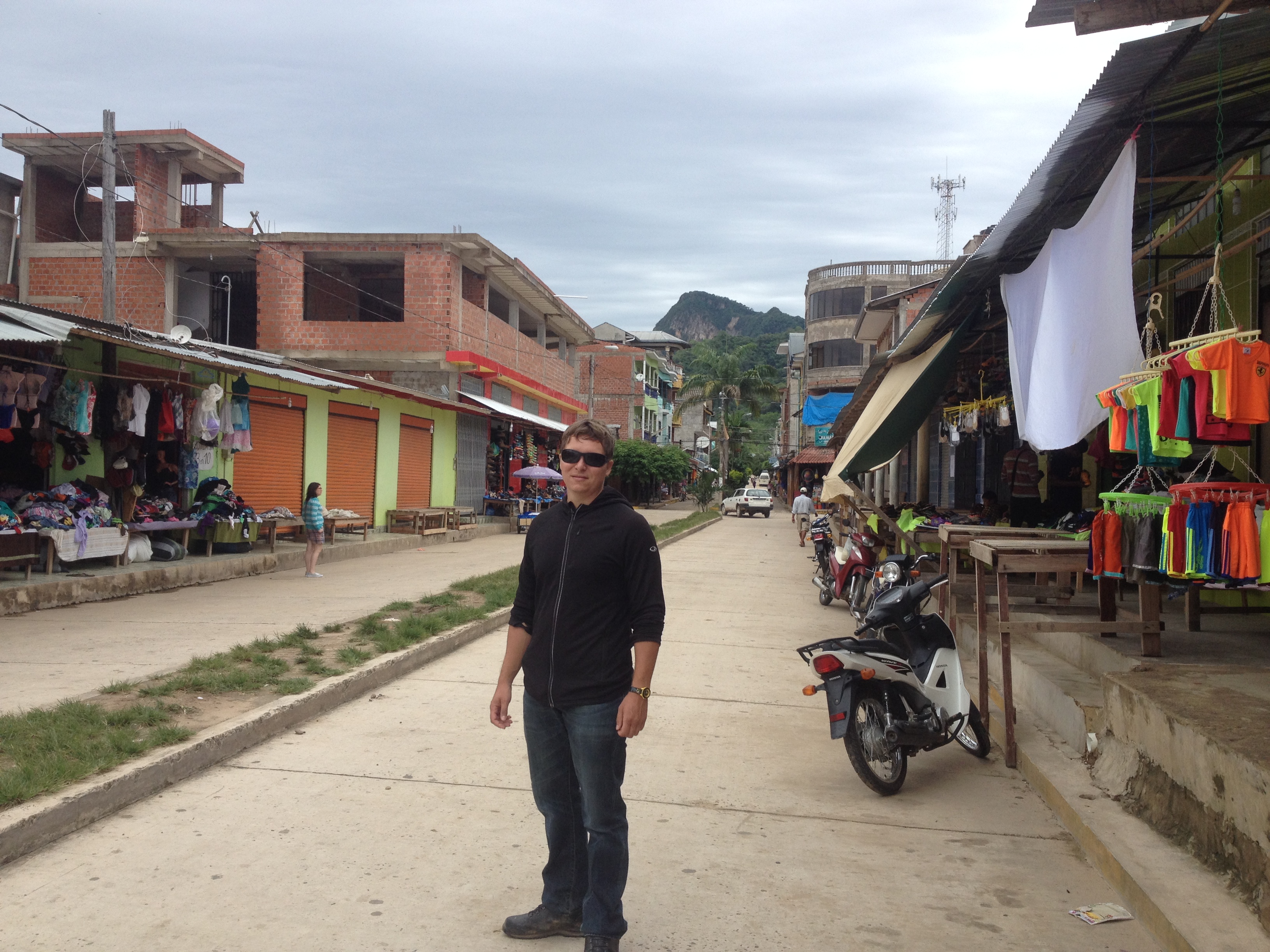
There are some truly beautiful places in Bolivia; we loved all the national parks, we have visited there.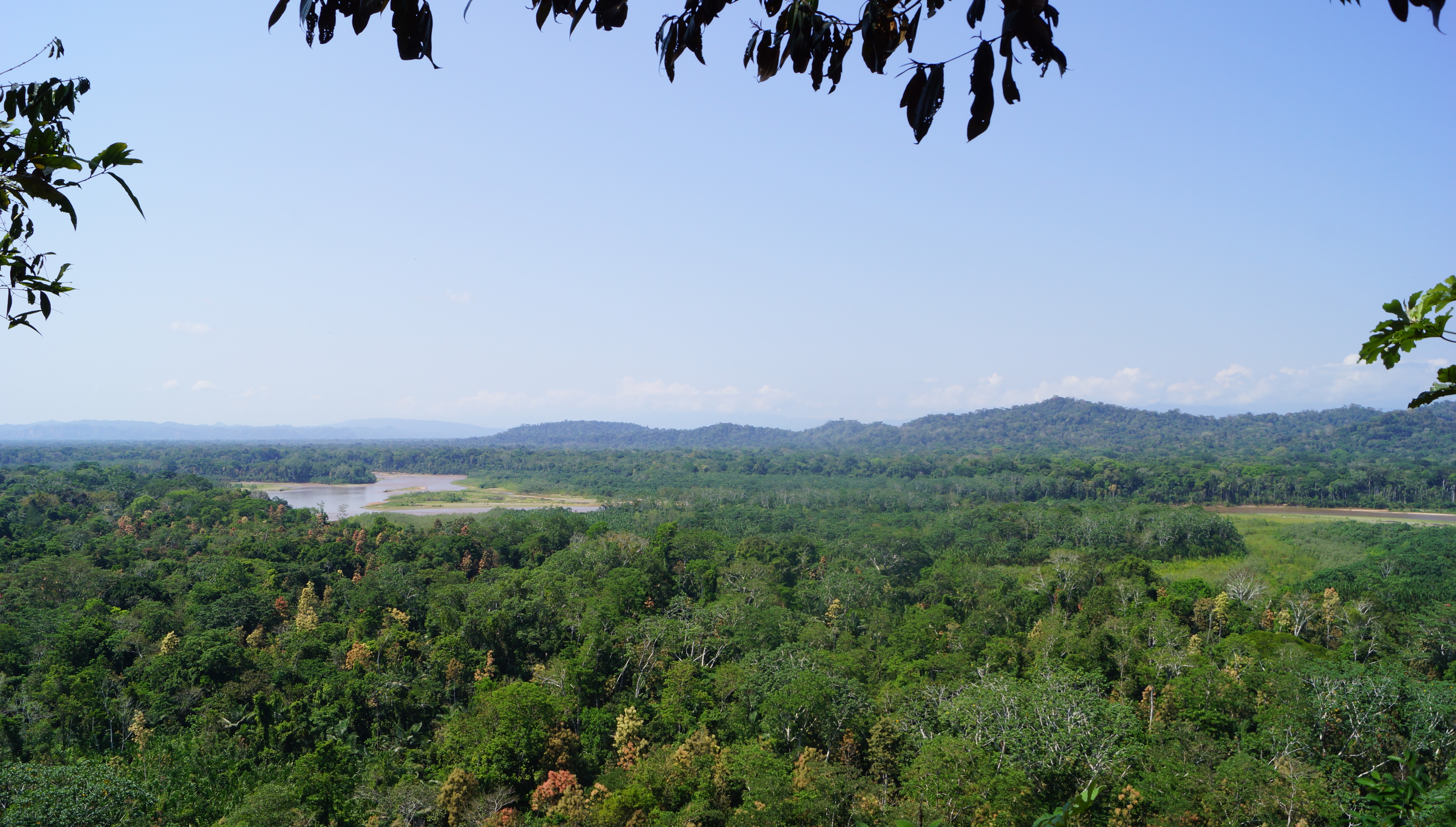
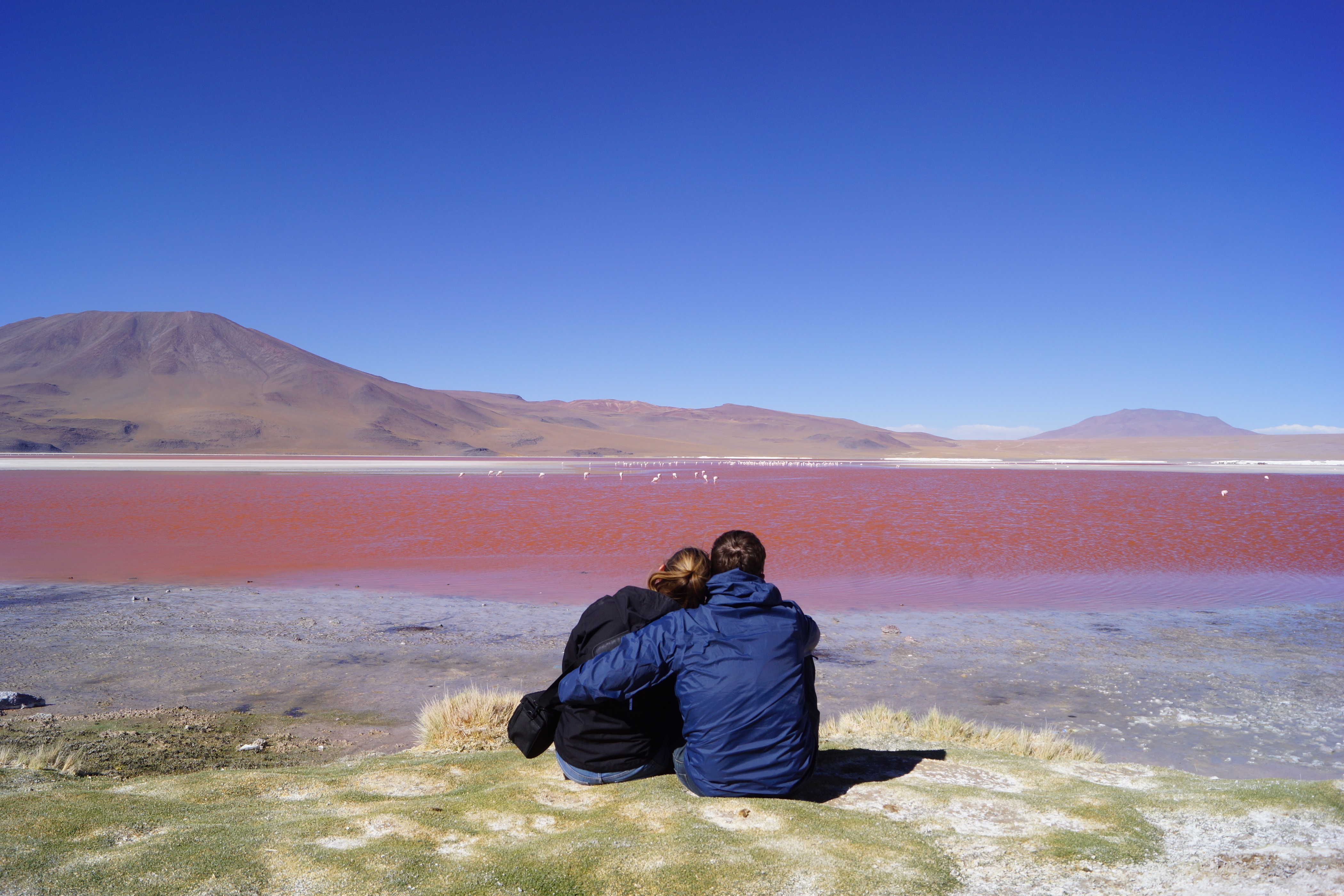 The downside is that you are not able to visit the national parks on your own, they are remote and they lack infrastructure, thus you need to book a tour. Some tours are pricy others are more reasonable, but none of them include the hefty entrance fees to the parks.
The downside is that you are not able to visit the national parks on your own, they are remote and they lack infrastructure, thus you need to book a tour. Some tours are pricy others are more reasonable, but none of them include the hefty entrance fees to the parks.
We had visited only one city in Bolivia, which was enough for us to conclude that Bolivian cities are not our cup of tea; La Paz is dirty and messy and apart from the center it is not really safe for foreigners. We don't regret dropping Potosí and Sucre at all.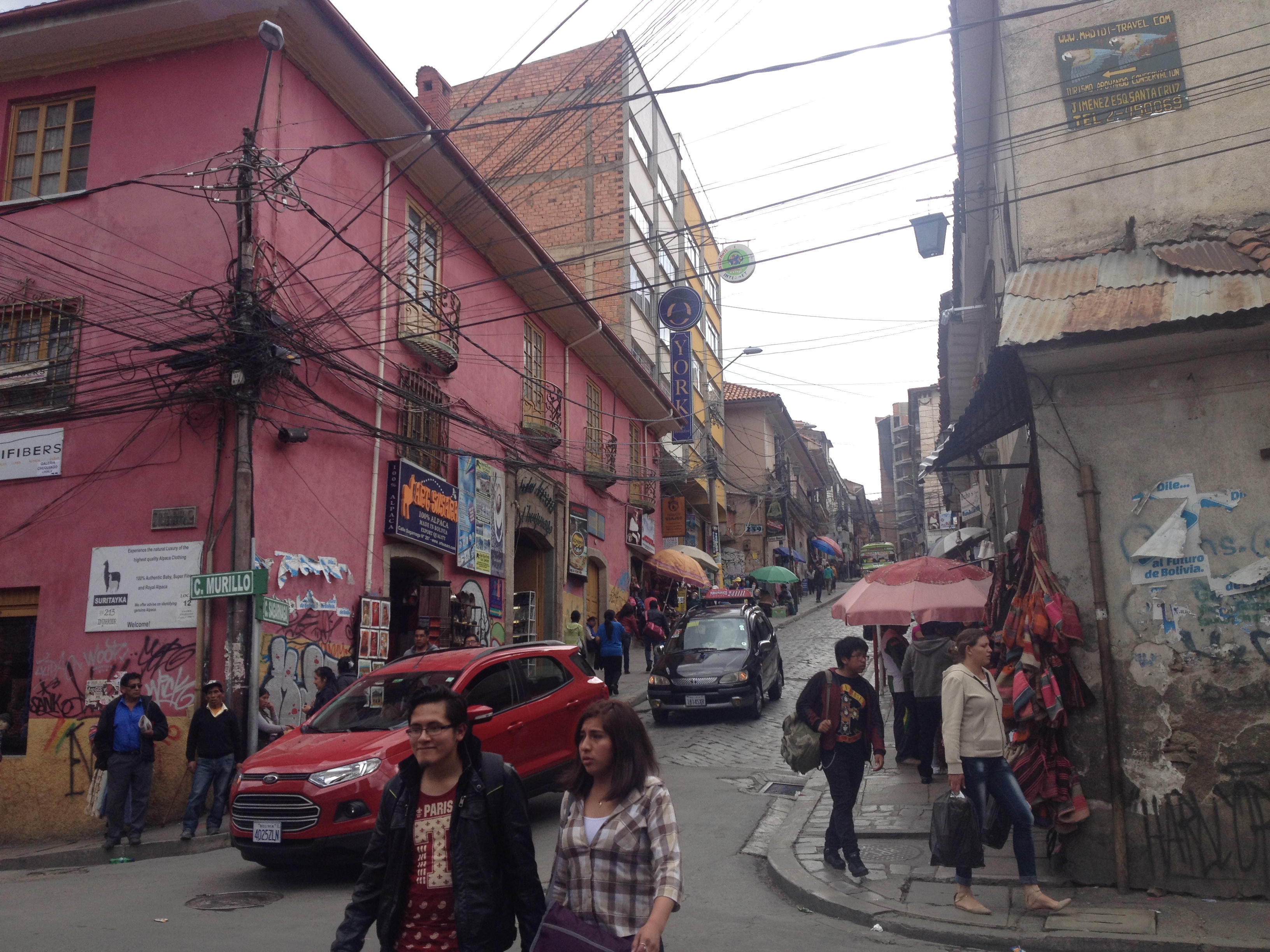
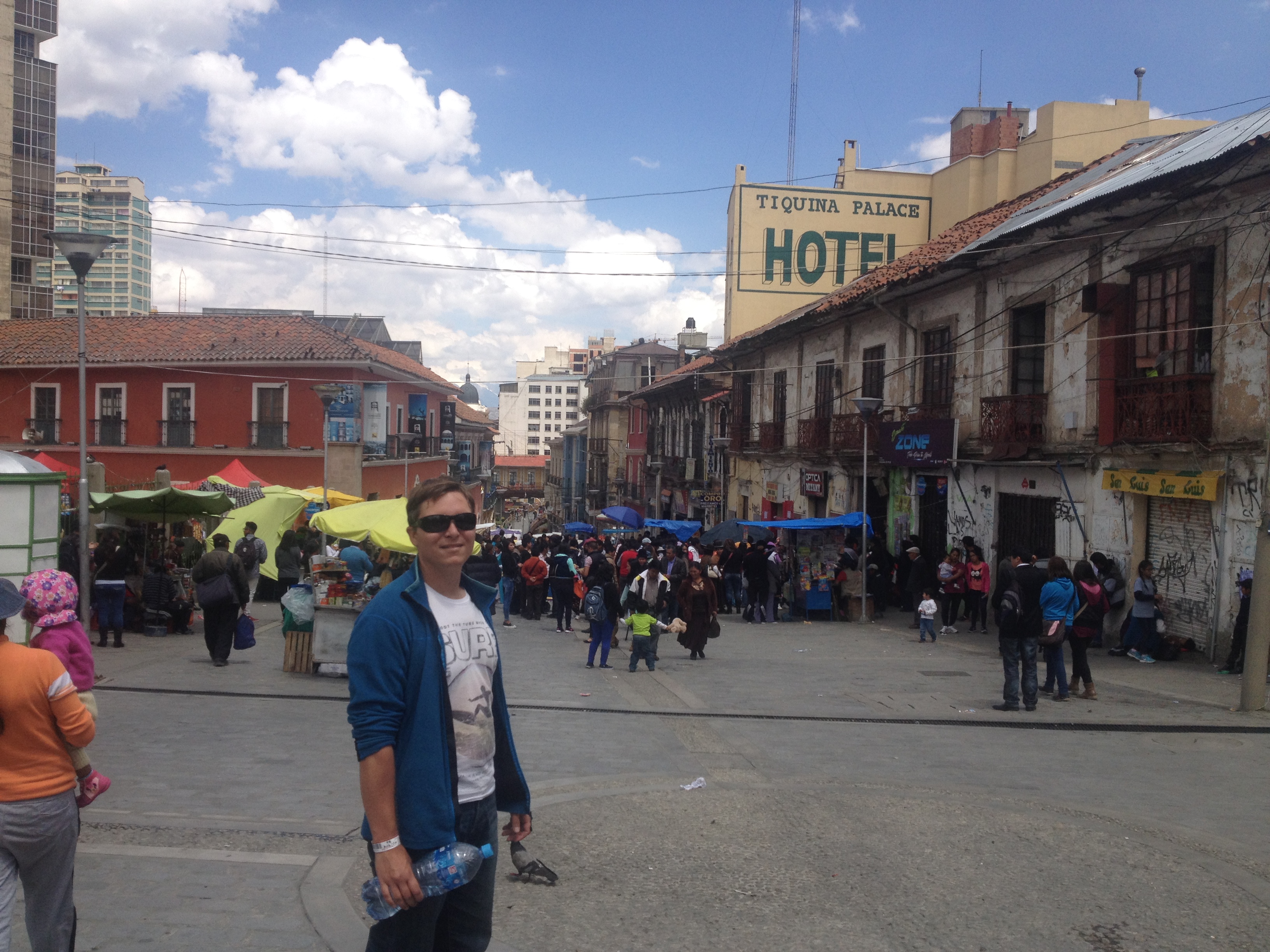
We did not use public transportation in Bolivia, because we read that it is not safe for tourists. Instead, we travelled by tourist buses, which were quite pricy; the night bus from La Paz to Uyuni cost 36$ per person.
We also tried to avoid taxis and colectivos (in Bolivia they are called trufis) for safety reason, which worked out fine, because in small towns such as Uyuni and Copacabana everything is within walking distance. The only time we took a cab was when we needed to get to the airport in La Paz; we paid 8,50$ for the ride.
When we visited the rainforest we took a plane to Rurrenabaque, which again was crazy expensive; we paid 186$ per person for a two-way ticket. The flight was ok, but there was no service and it lasted only 40 minutes.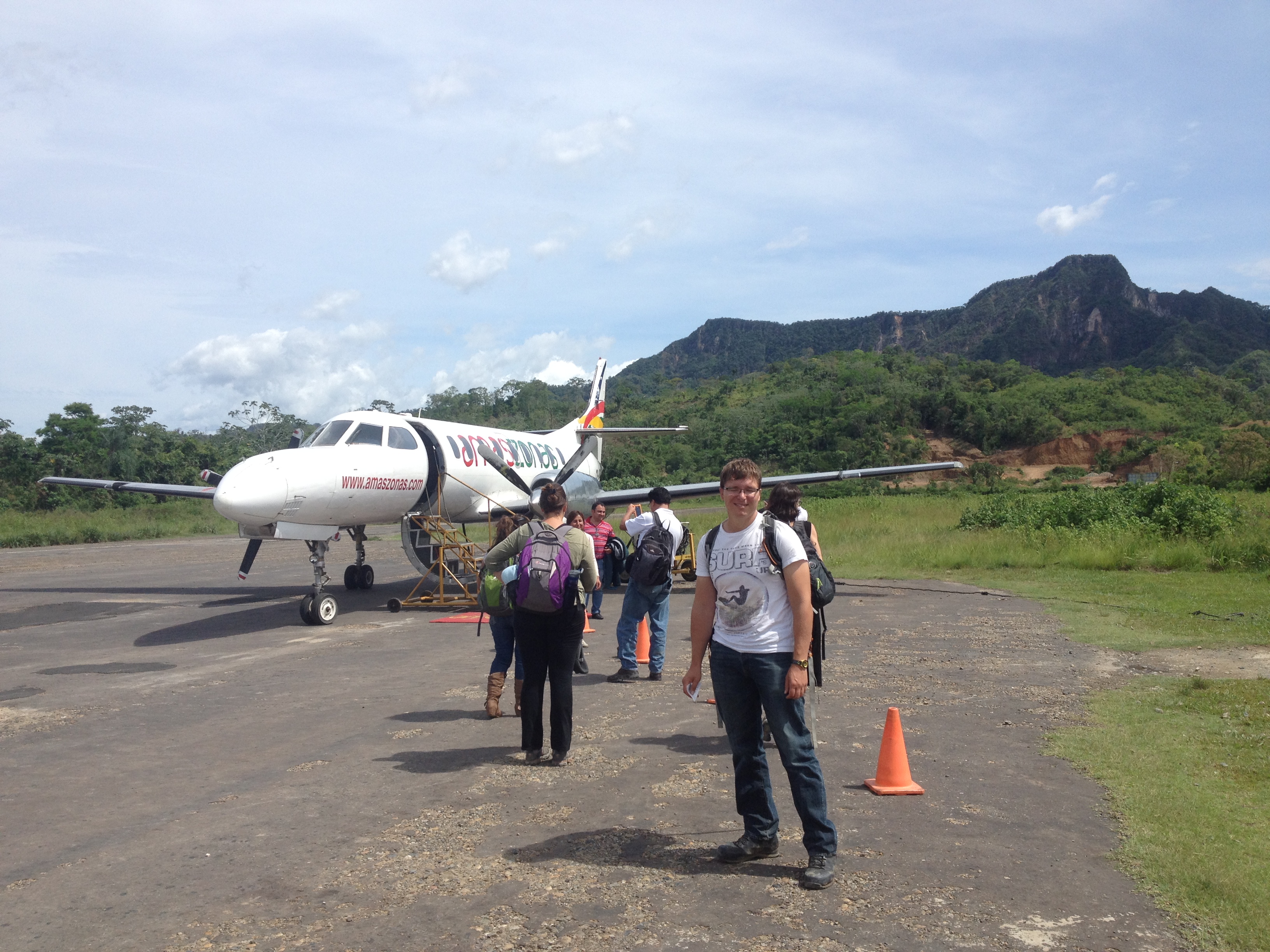
Accommodation
It is easy to find cheap accommodation in Bolivia - except for Copacabana, which is a very popular tourist destination. We have stayed in nice middle-range hotels and hostels with private rooms. Our most expensive hotel cost 37$ (Copacabana) and our cheapest stay was on Isla del Sol (14$). I don't include here our lodge in the rainforest, because it is a whole different story. If you wish to visit the rainforest you can count on spending around 120$ a day including accommodation, food, transportation, entrance fee and guided tour.
View from Loki hostel in La Paz: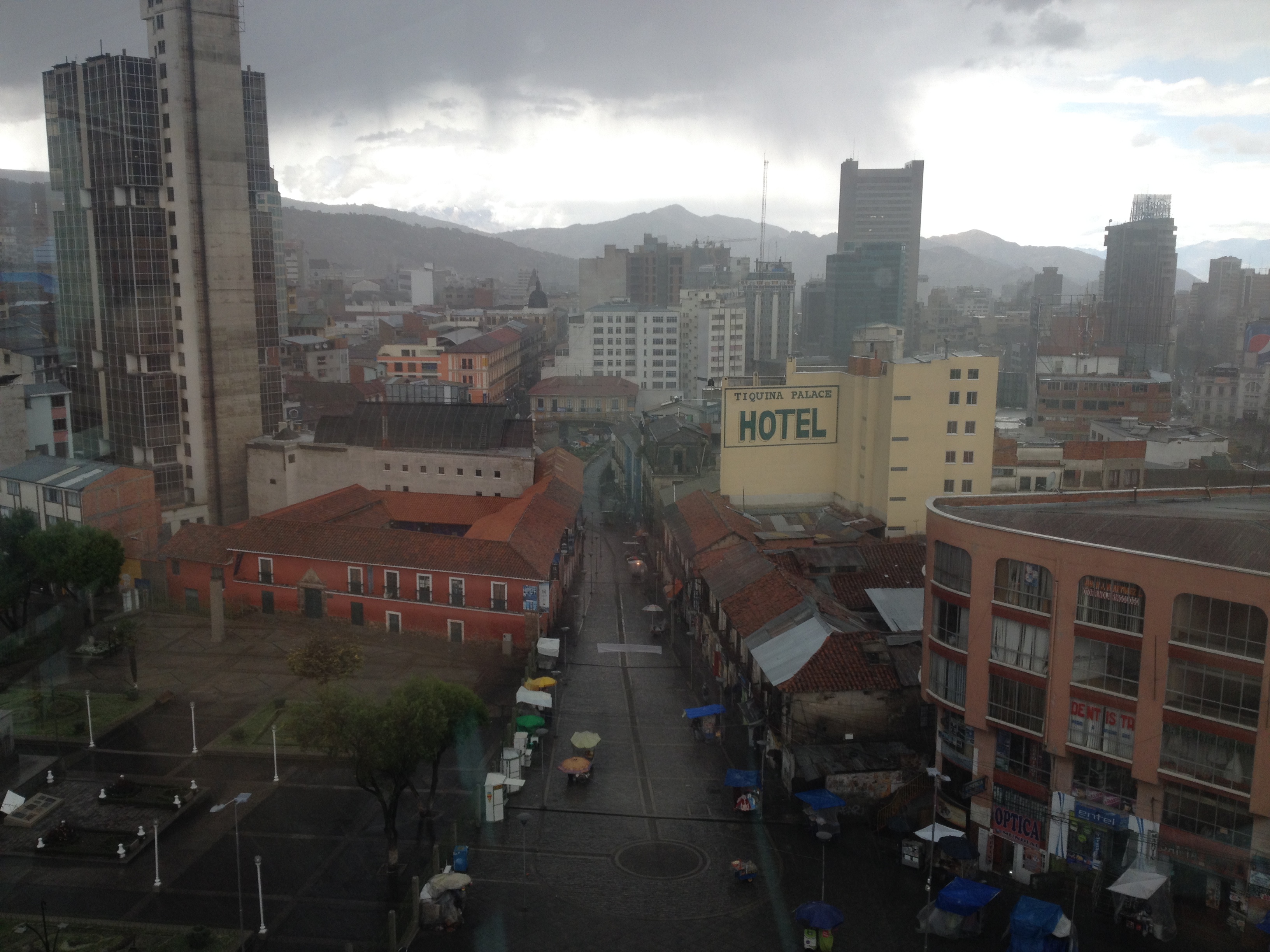
There is this great concept of cheap set lunches called menu del día everywhere in South America, and Bolivia is no different. It usually consists of a soup, a main dish with rice, meat and platano (banana) and sometimes also a desert. The prices of menu del día range between 4$-6$ in Bolivia.
Regarding Bolivian food we had unfortunately mostly bad experiences. Regardless where we ate Kasper was constantly sick; he was popping Imodium as if they were tic tacs. I apparently have a better tolerance for unhygienic food, as I only had problems once. The only place we actually ate good food was in the middle of the rainforest, where we had home-made meals in our lodge. The food was very good there, but I do not recall any special dish that would be worth to mention here, neither have I pictures unfortunately.
On the streets of La Paz we found some nice-looking pastry, but Kasper was unwilling to put them to the ultimate hygiene test. And I was not in the mood of taking risks either.
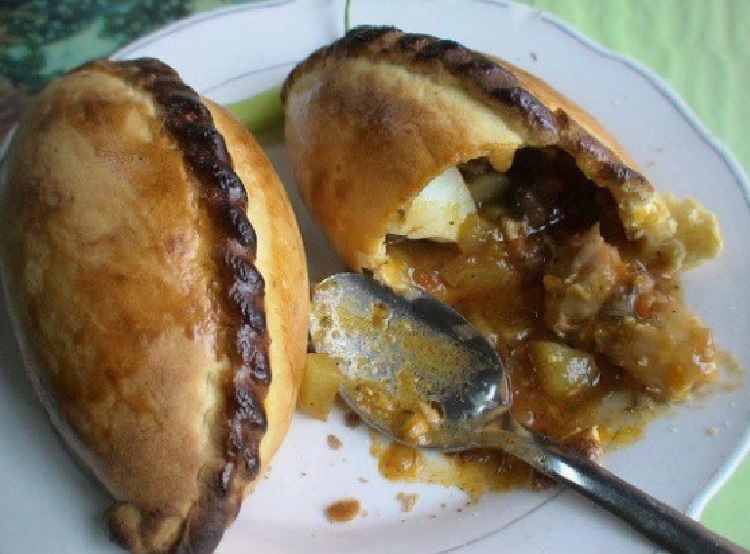 Mate de coca (coca-leaf tea) is also a popular drink in Bolivia. Despite we did not have problems with the altitude, we enjoyed this tea from time to time there.
Mate de coca (coca-leaf tea) is also a popular drink in Bolivia. Despite we did not have problems with the altitude, we enjoyed this tea from time to time there.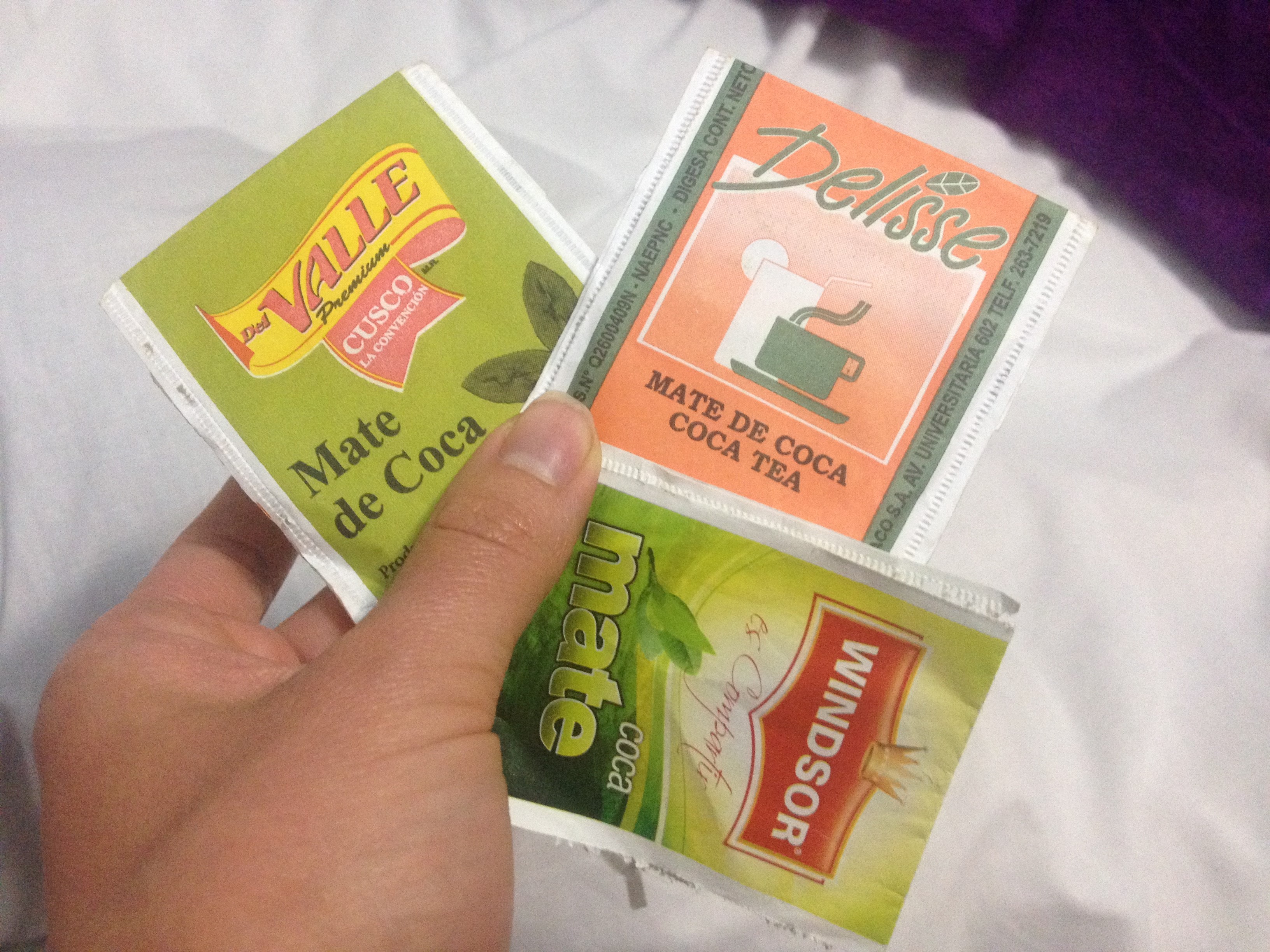
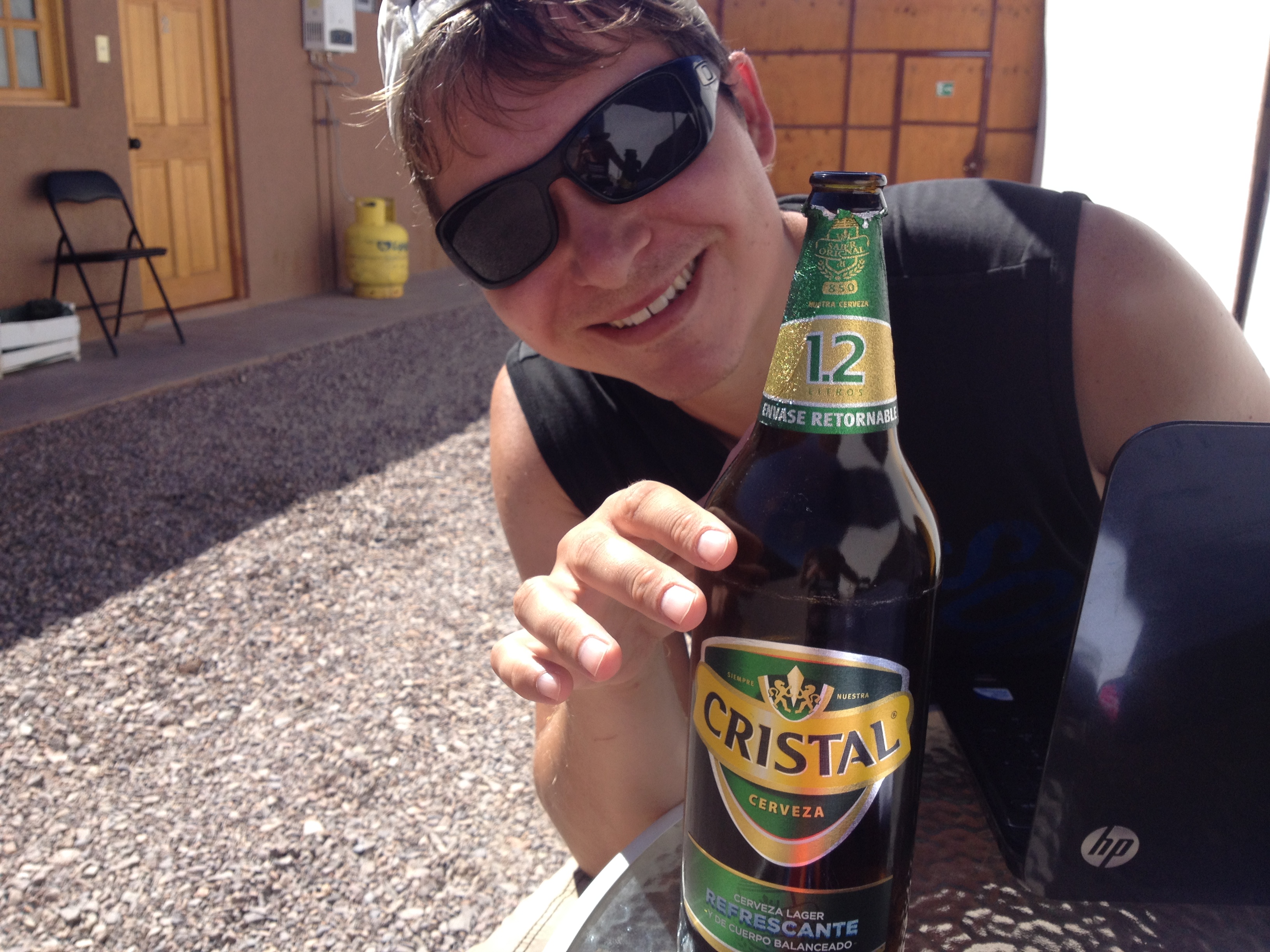
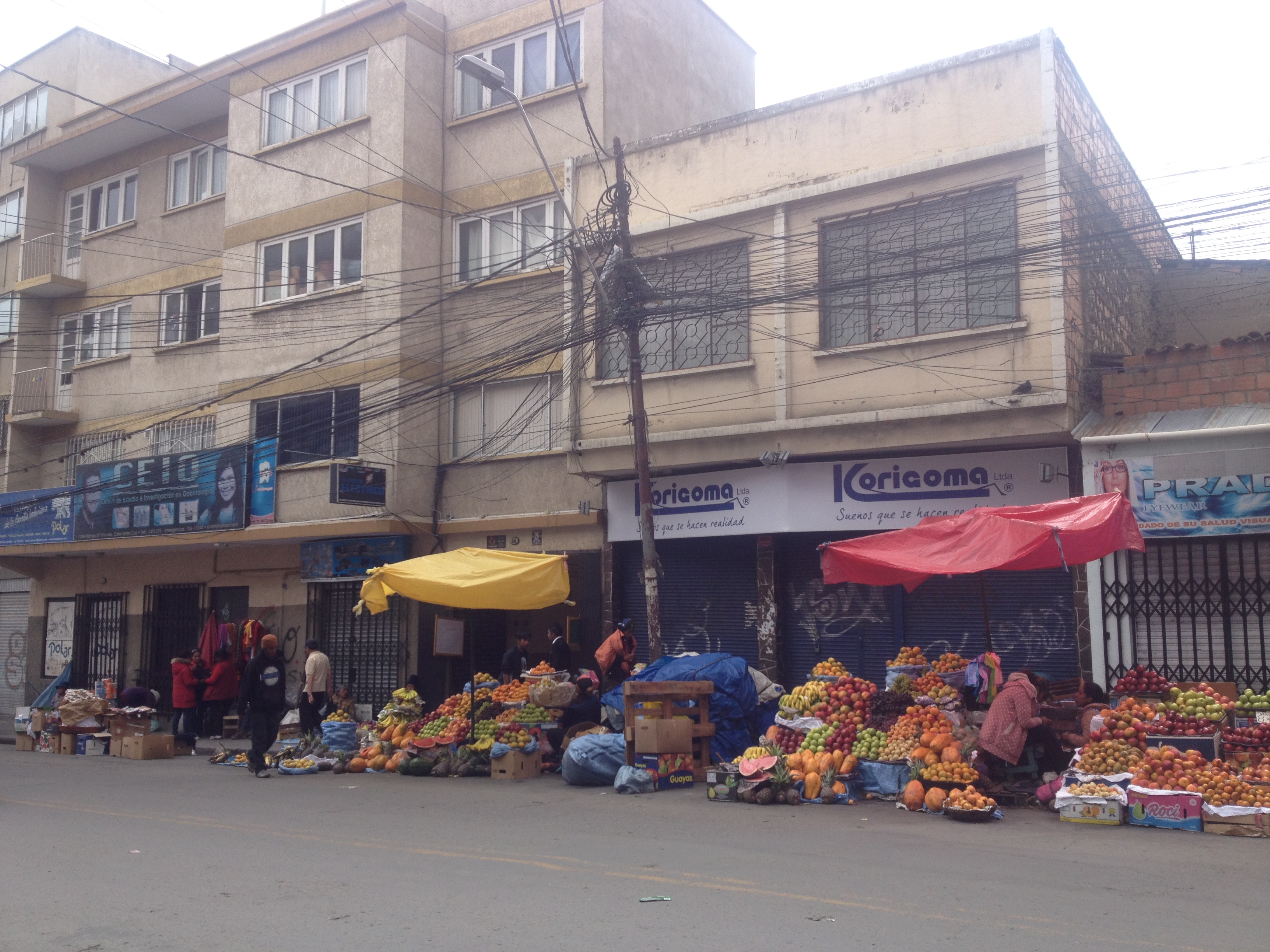
We have read that Bolivia is a country, where traveling after dark is particularly dangerous, therefore we always got back to our accommodation before dark and only travelled by tourist buses. It seems that as long as one follows the gringo trail and takes the necessary precautions, traveling is quite safe in Bolivia.
The highest altitude we have been in Bolivia was 5.421m and by then we were completely adapted to the high altitude, therefore did not have any issues with it.
Stray dogs on the streets are problems here as well, but they will leave you alone as long as you do not encourage them with food.
In the rainforest I collected a couple of ticks, which freaked me out at first, but then I learned that they usually do not have diseases, therefore, there is a little chance of catching something from them. Luckily, I got a quick and professional medical treatment at La Paz airport, so the blood suckers got removed before they really got a good bite of me. The most shocking part was that the medical treatment did not cost me a dime, apparently it was a free service for passengers. What a nice surprise!
People
Indigenously dressed men and women are a common sight in all towns, villages and big cities. I have read that indigenous people do not like to be photographed, because they think a camera will steal their souls. I guess this is the reason why they do not pose for tourists in exchange for money as their Peruvian neighbors do.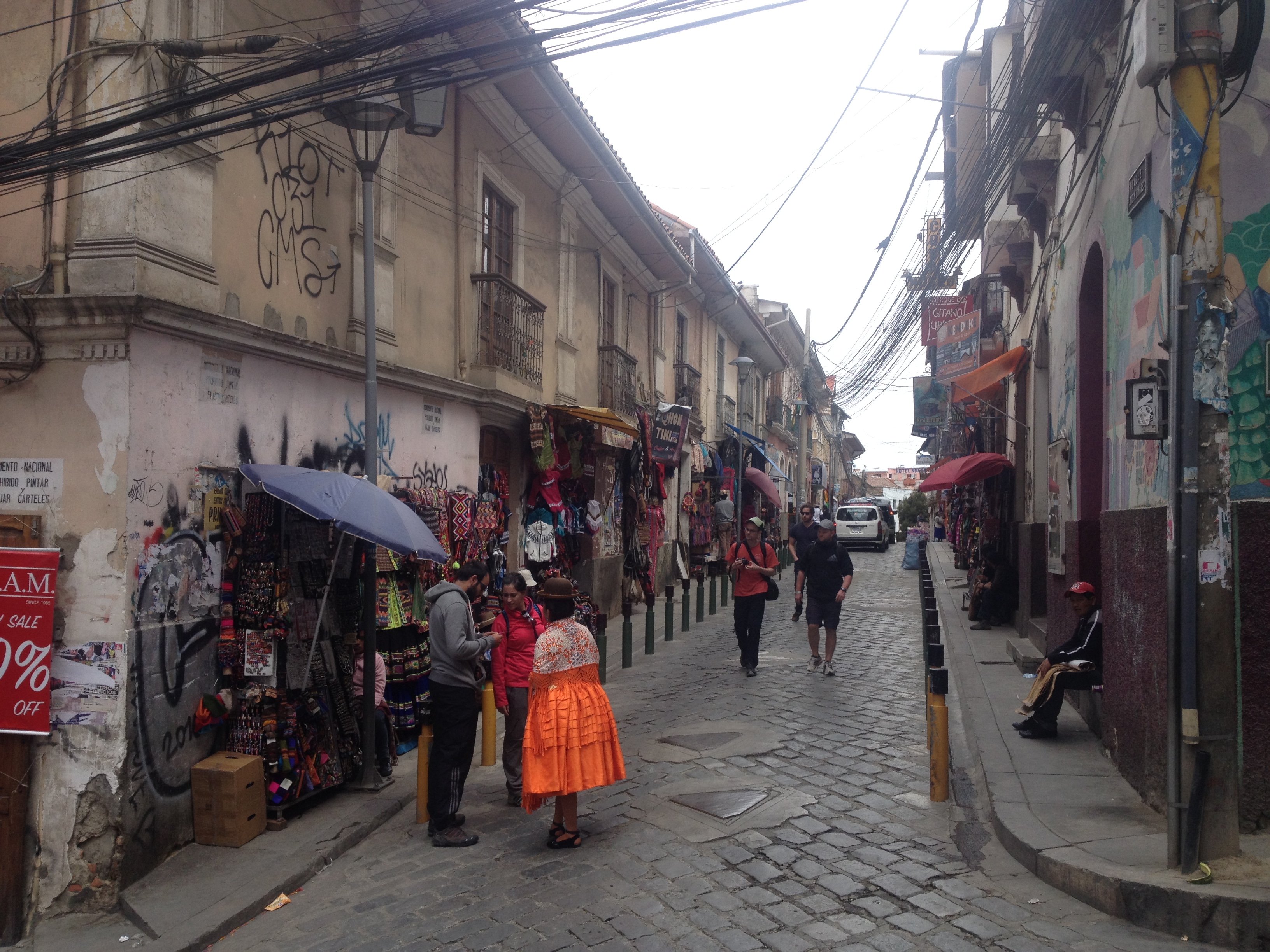
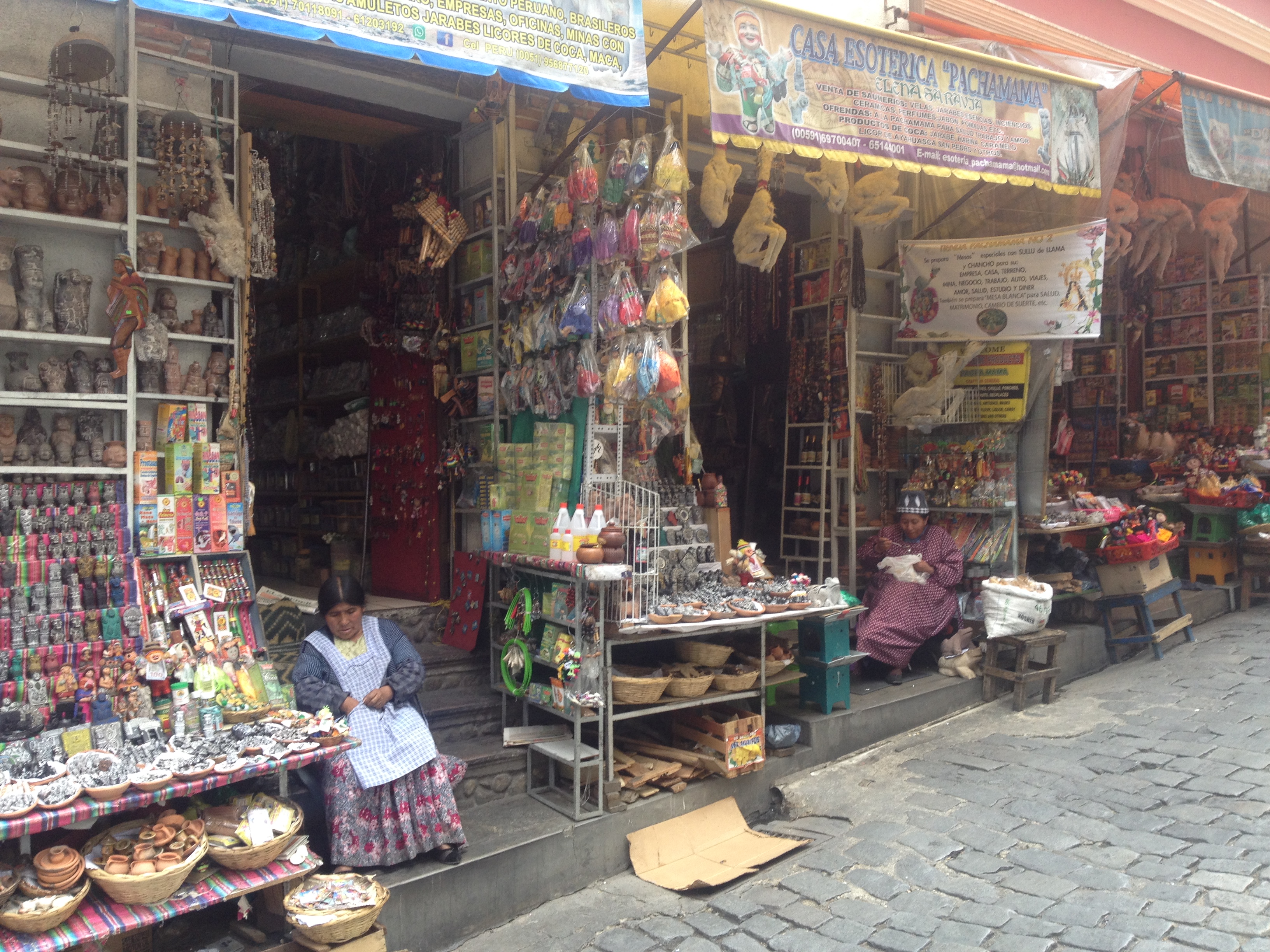
For us Bolivia was a one time deal; we are happy that we saw the country's awe inspiring landscapes, but do not wish to visit it again; we were annoyed by the constant extra charges and Kasper's stomach could not handle Bolivian food.
